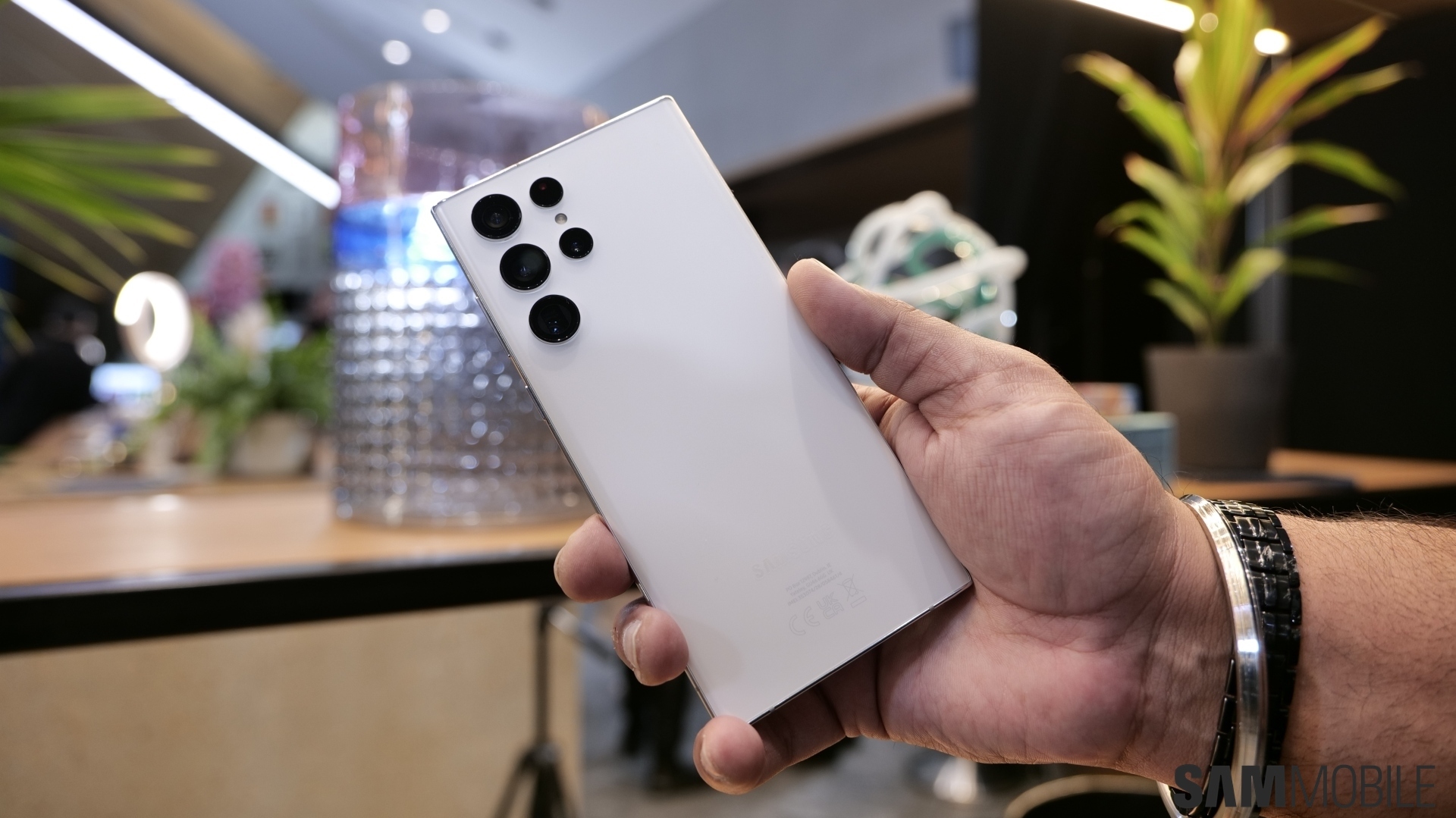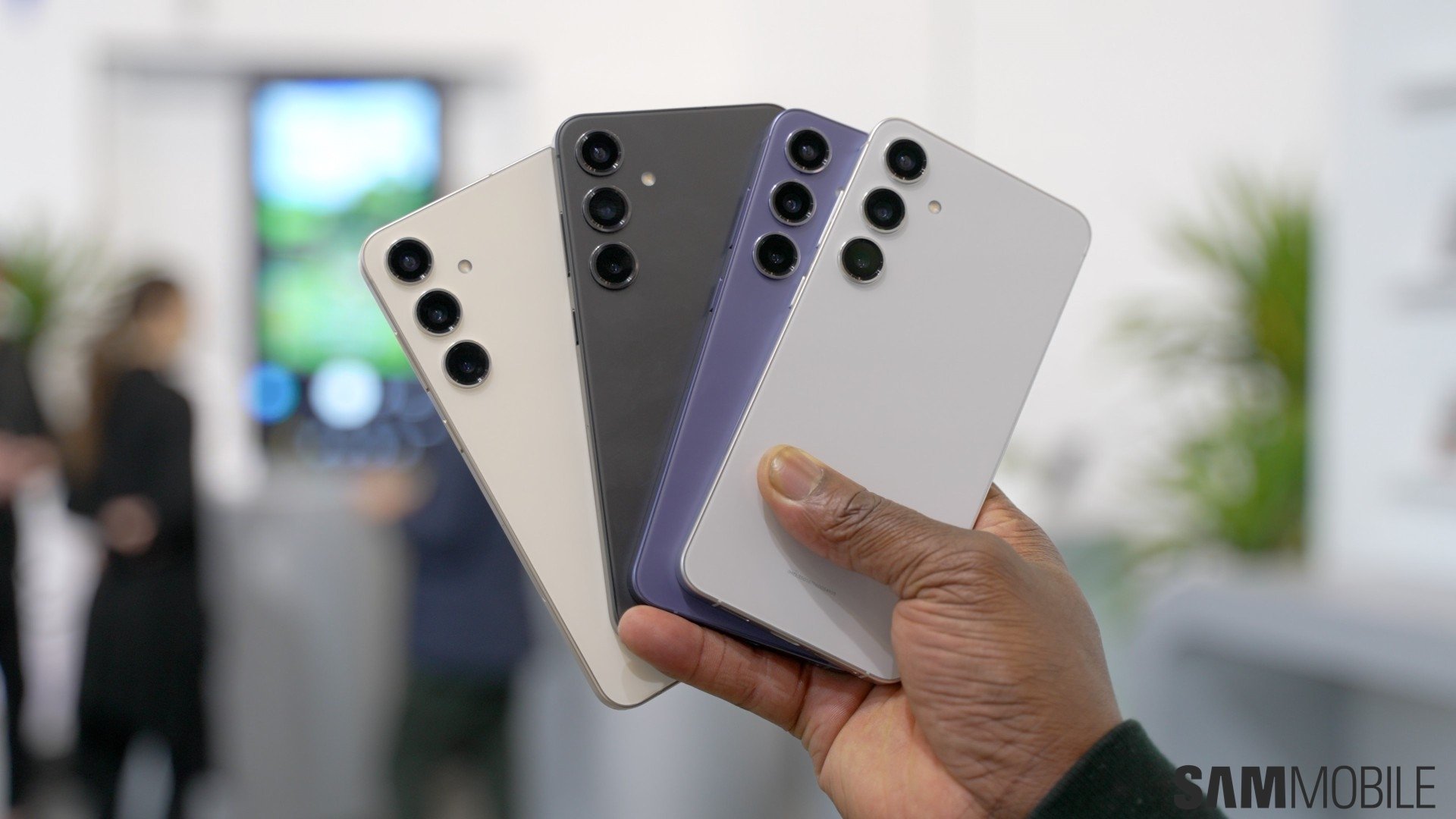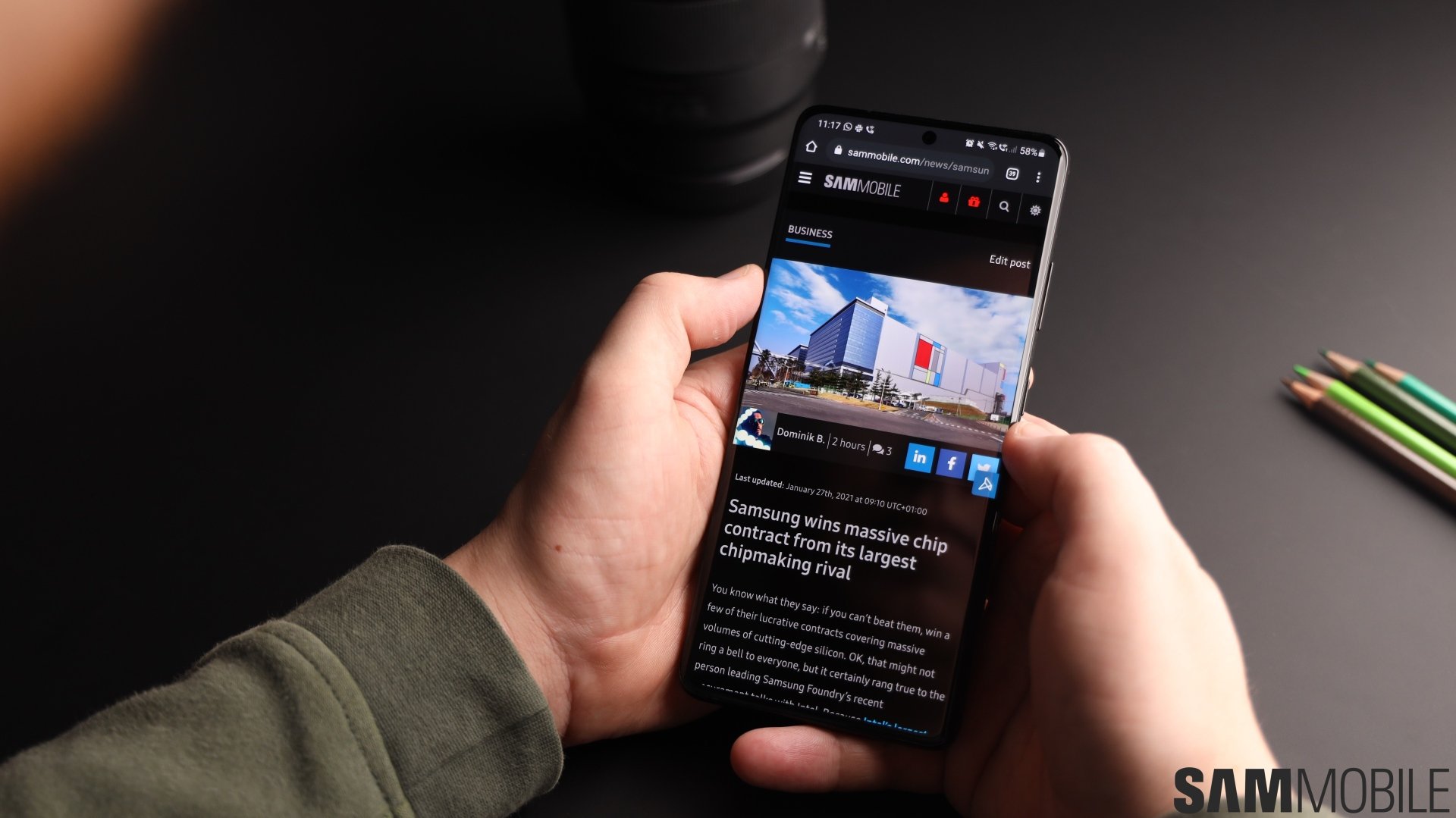
But the Galaxy S Ultra line is also costly. The Galaxy S22 Ultra, for example, costs a little over $1200 here in India when it's not discounted. Meanwhile, the Pixel 7 Pro from Google can officially be yours for $200 less than the S22 Ultra for similar zoom quality; naturally, it can also take some amazing shots while providing pretty similar levels of zoom quality and arguably excellent stills from the main camera that can go toe to toe with the competition.
The rest of its specs are pretty close to those of the Galaxy S22 Ultra, too, and in recent days, the Pixel 7 Pro is looking more and more like a better device to me. And I think the main reason is because it provides similar zoom picture quality and capabilities as the S22 Ultra, making me wish Samsung would stop keeping the best camera setup exclusive to its most top-end flagship (one that doesn't fold, that is).
Right now, Samsung only provides a maximum of 3x optical zoom on all non-Ultra Galaxy phones, foldable or otherwise. The company advertises them with 30x ‘Space Zoom' but let's be honest: Further than 10x is just not much usable on Samsung phones that don't have a dedicated 10x zoom camera. That leaves the Ultra models as the only viable purchases for anyone looking for the best zoom photography from a Samsung device.
Samsung needs to fix its flagship phone pricing
And if the camera experience is what matters to you most, that presents a conundrum if you're a Samsung fan: the Korean giant is asking for $200 or so more than Google for similar picture results. In fact, thanks to Google's well-known AI capabilities, you could argue Google's top-of-the-line flagship takes the best photos compared to a Samsung or Apple device.
Google's Pixel lineup does have some negatives. Google is not promising four years of OS upgrades for any Pixel phone while Samsung is doing so for a whole load of devices. Its Tensor chipset isn't the fastest or most powerful around, and stock Android also leaves much to be desired in terms of built-in software features.
But, again, Google's camera setup is probably the best overall, and for me, the fact that you can get that setup for a lower price than Samsung gives the Pixel 7 Pro big points in my book. I can make do with just three major Android OS upgrades and the lower number of built-in features, and the Tensor chip is powerful enough to plow through any real life use case, even if falls behind in benchmarks.
Basically, I'm wishing Samsung could reduce the asking price for its flagships, or rather, stop asking us to pay $1200+ for a camera setup with proper zoom lenses and make it more accessible. The main cameras are pretty much similar to each other on various phones these days, especially in daylight photography, so it's just the zooming capabilities that set them apart from each other.
And right now, Samsung is stuck between a rock and a hard place. The rock in that sentence describes Google's Pixel Pro smartphones while the hard place is, naturally, Apple's offerings (or vice versa). We're talking about Android phones here, though, and Google clearly wins the photo category thanks to its aggressive price tag.
Now, I'm not saying I'm going to go out and buy a Google Pixel 7 Pro. But I would love to see Samsung bringing over its excellent periscope zoom cameras to devices priced more aggressively than its Galaxy S Ultra lineup of phones. You know, like on phones that don't support the S Pen, a feature which is another reason why the Galaxy S Ultra line costs as much as it does.
Samsung doesn't seem too worried about its high pricing
Will that actually happen, though? Samsung doesn't seem too worried about sales of its S Ultra smartphones taking a notable hit from Google's Pixel line so it may not want to make any drastic changes to its current formula, at least until market conditions and customer preferences change in a meaningful way.
I hope all of that happens, however. Because if I have to spend my own money on phones (right now I live off the review units Samsung sends over), I'm just not interested in forking out even a thousand bucks for a phone, let alone $1200 or more.
Google may increase its prices in the future, too, but for now the internet giant has the pricing advantage. And if it sticks to the same $899 price tag with future Pro Pixel devices, recommending the Galaxy S23 Ultra or any other Ultra phone from Samsung to anyone could become a hard thing to do, 200 megapixels and what not be damned.


















